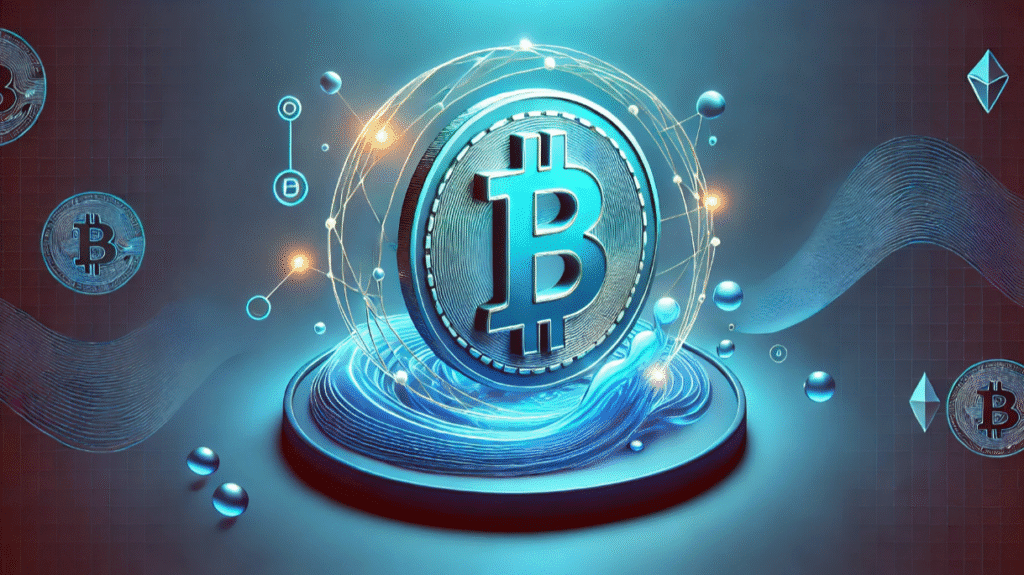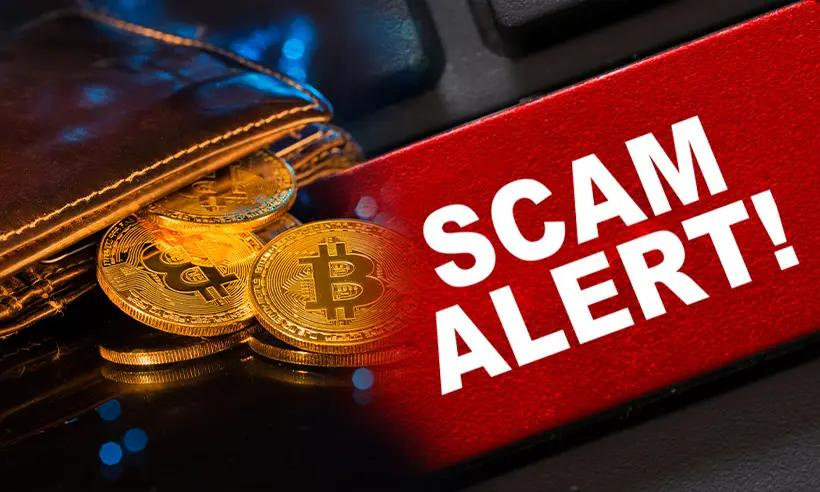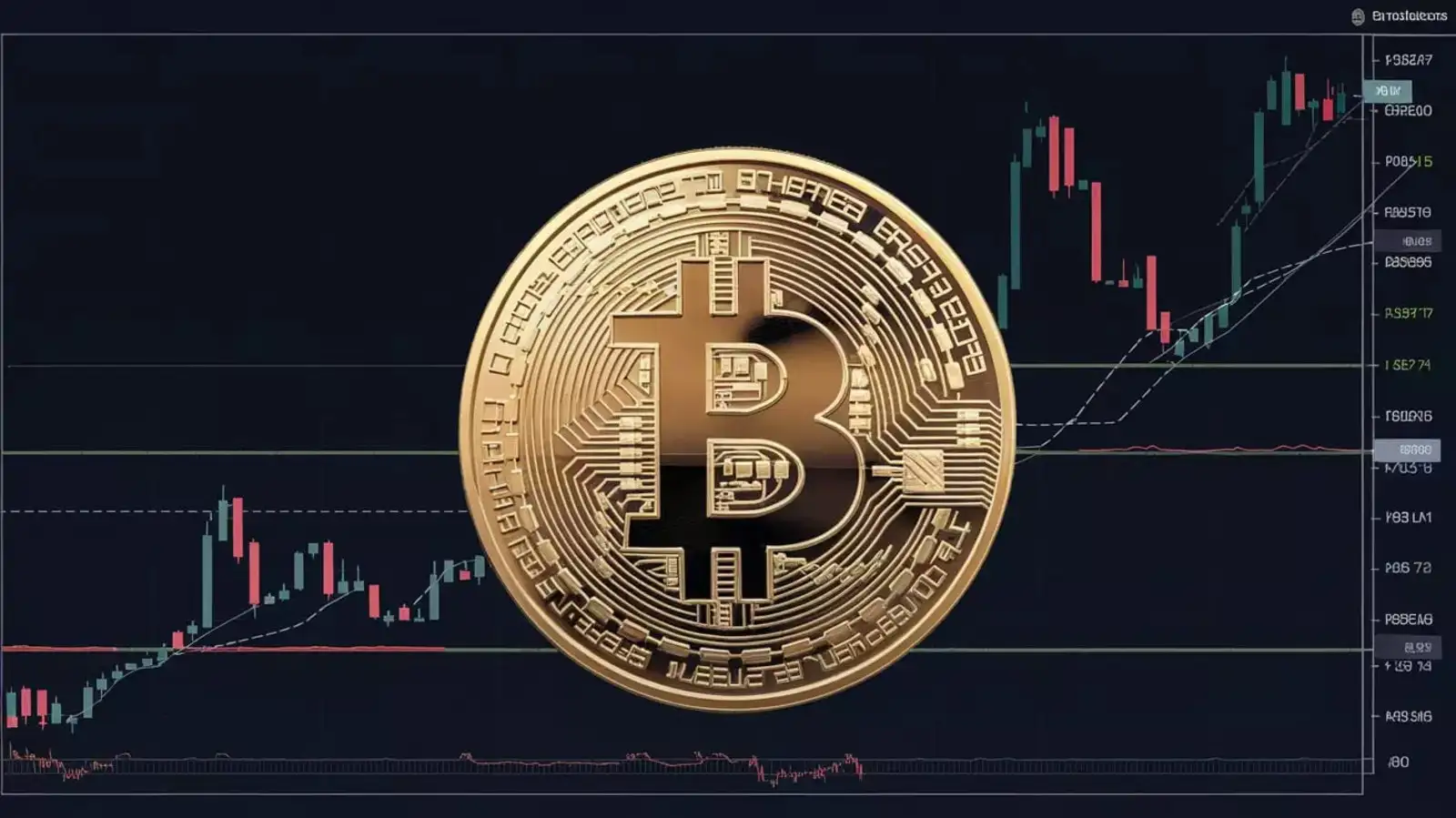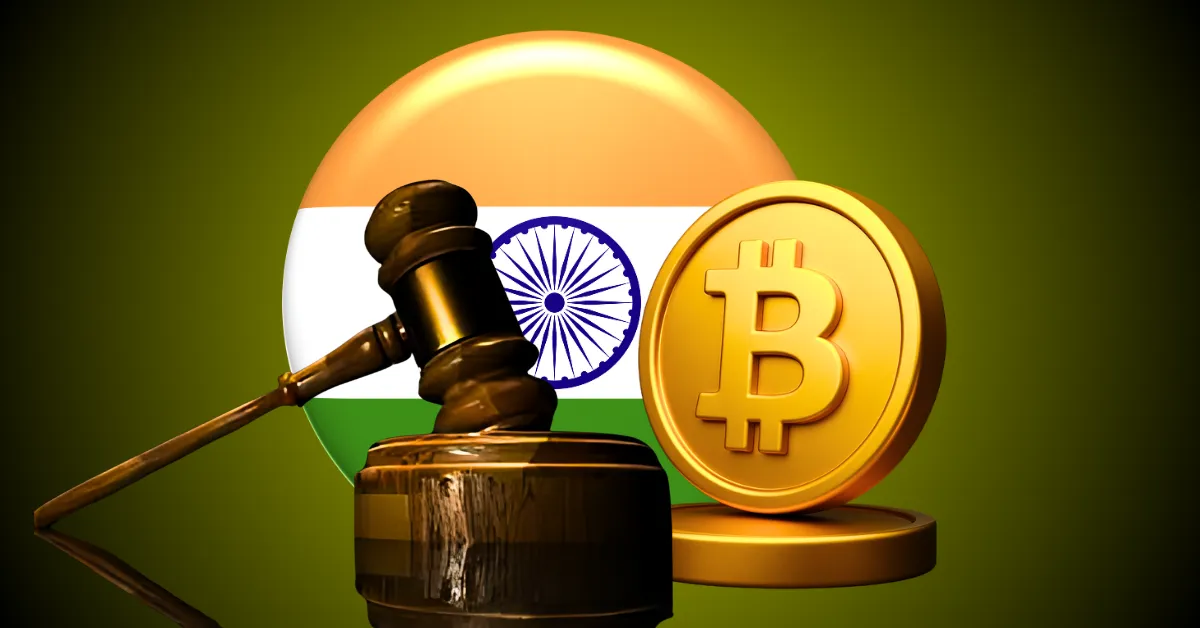Now Reading: Ripple Acquires Rail: Stablecoin Infrastructure Race Gains Momentum
-
01
Ripple Acquires Rail: Stablecoin Infrastructure Race Gains Momentum
Ripple Acquires Rail: Stablecoin Infrastructure Race Gains Momentum
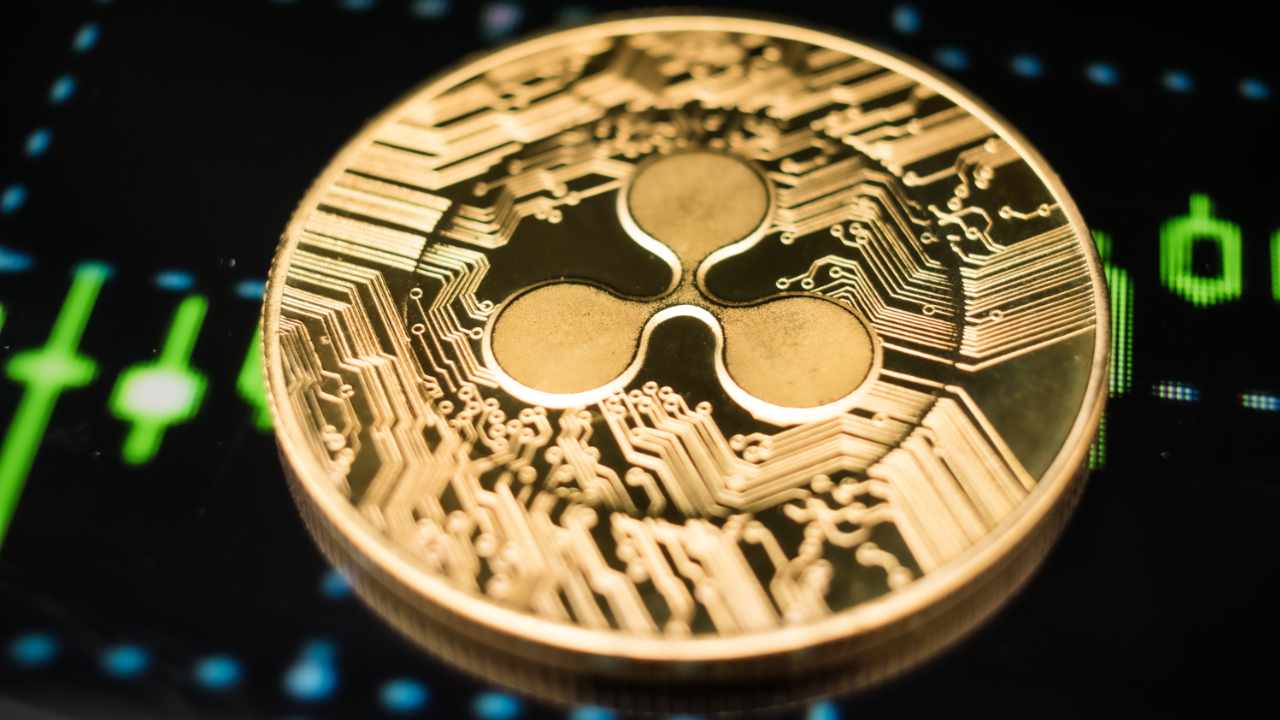
Ripple’s recent acquisition of blockchain infrastructure firm Rail has sparked fresh conversations about the future of stablecoins and digital payments. This move isn’t just about company expansion—it signals a larger trend in the crypto space where firms are racing to build the next generation of global financial systems. For Indian investors and developers, especially in Tier 2 cities, this could open new doors in fintech innovation and blockchain adoption.
What Is Ripple’s Strategy With Rail?
Rail is known for building backend systems that help move digital money securely and efficiently. By acquiring Rail, Ripple is strengthening its position in stablecoin infrastructure—essentially setting up the digital rails for how stablecoins will move across borders.
This step goes beyond XRP (Ripple’s native token). Ripple is betting big on a future where stablecoins—cryptocurrencies pegged to traditional currencies like INR or USD—become a core part of everyday finance.
Why Should India Pay Attention?
India has a massive remittance market and a growing appetite for blockchain-based solutions, especially in areas like cross-border payments, digital wallets, and merchant transactions.
Tier 2 cities like Nagpur, Indore, Surat, and Jaipur are seeing a rise in crypto education and fintech startups. With Ripple making a move into stablecoin infrastructure, Indian companies might find new opportunities to plug into global payment networks without needing heavy banking licenses or costly tech.
What’s the Bigger Picture With Stablecoins?
Stablecoins have one clear advantage—they’re less volatile than cryptocurrencies like Bitcoin or Ethereum, making them more practical for real-world use like salaries, payments, or savings.
By investing in Rail, Ripple is trying to be the backbone of these transactions. It’s like building the highway before the cars are fully ready. This infrastructure-first approach could help speed up the adoption of regulated, compliant stablecoins across countries—including India, where RBI is also testing its own digital currency.
Challenges Still Remain
Despite the promise, regulation around stablecoins is still a grey area in many countries. In India, crypto remains under heavy tax and compliance scrutiny. Until there’s clear policy on how stablecoins are treated—especially those tied to the rupee—mainstream adoption will remain limited.
Moreover, stablecoins need high trust and strong backing to work. Ripple will have to prove that its system is both secure and compliant to get buy-in from major financial players.
Conclusion:
Ripple buying Rail is more than just a tech deal—it’s a signal that the stablecoin race is heating up, and infrastructure will be key. For India, especially in emerging startup ecosystems in Tier 2 cities, this could be the right moment to watch, learn, and possibly build for the future of digital payments. The rails are being laid—now it depends who’s ready to drive on them.









